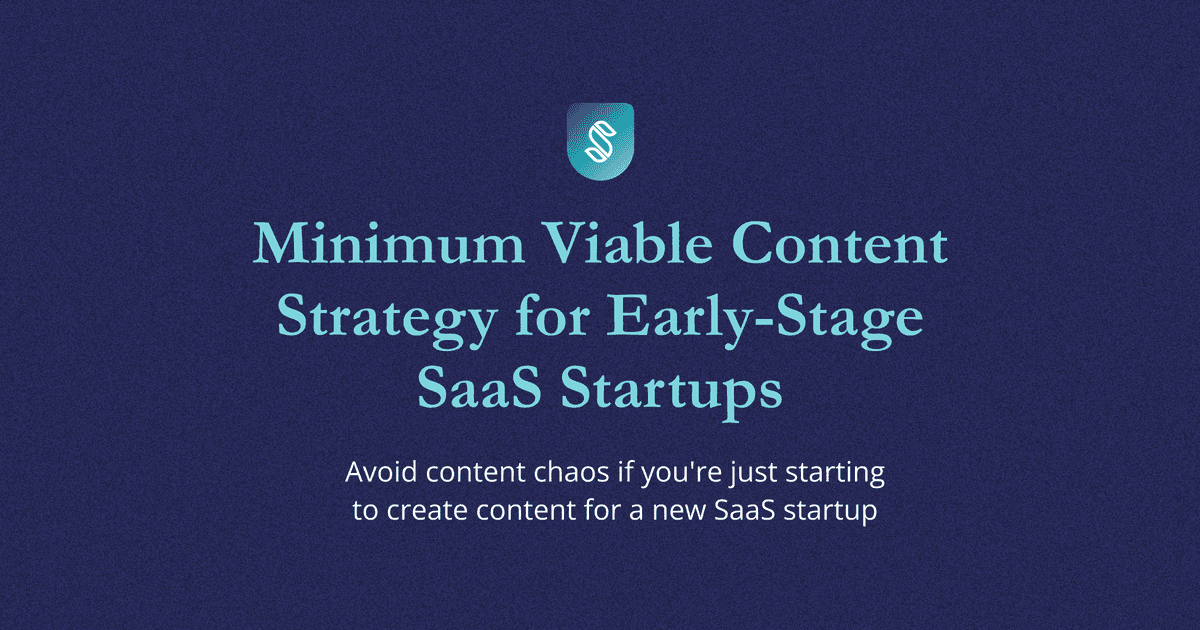Minimum Viable Content Strategy for Early-Stage SaaS Startups
Avoid content chaos if you're just starting to create content for a new SaaS startup

1. Your main themes — what your brand should be known for. These will be the basis for your content pillars. They should be derived from your messaging framework.
Stick with 2–3 themes in the beginning, to avoid content chaos.
2. Distribution channels — where you’ll reach your audience. Start with channels, not with content types, because the channel dictates the type.
Do at least one channel where audience consumes long-form content, and one for short-form content.
For long-form content, you can focus on your blog or YT, and for short-form content, you can do LinkedIn or Twitter.
3. Content formats — these are based on your channels.
For long-form content, do blog articles and white papers/original research reports. You’ll be able to group the blog articles in e-books / playbooks, and to split the reports/white papers into articles and short-form content.
If you choose YT, do a series that recreates your sales pitch / website IA. Explain your why, what you solve for, how you do it, the benefits, and give a product overview.
Detail some use cases. As you don’t have customers yet, you can’t do client cases, but you can get one partner/affiliate to talk about your product.
Short-form content: repurpose your long-form into snackable videos, tweets, LinkedIn written posts.
4. Goals — don’t do goals per channel, map your full funnel and look at your overall performance. Know how each channel contributes, so you can troubleshoot, but make sure the pieces work together.
5. Audience research — if you have no customers and you’re afraid to talk to humans who might need your tool, check out some groups, communities, feeds and write down what people are complaining about.
Look also at what your competitors are claiming to solve for.
6. Content types — on the blog, you can do opinion articles, pain-point articles, benefit-focused articles, “why you” articles (how your tool is different, how it changes the world).
Research — highlight the problem you’re solving, how many orgs have it, how you solve it.
Social media — use templates as much as possible. Do a mix of educate (make them aware of solution) — engage (activate / trigger interest) — entertain (light and breezy).
— -
I hope this was useful. If you need help with your content workflows or strategy, get in touch or schedule a free call via Growth Mentor.